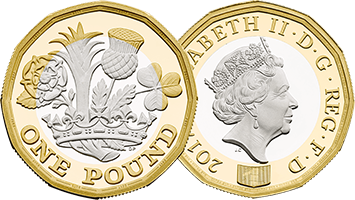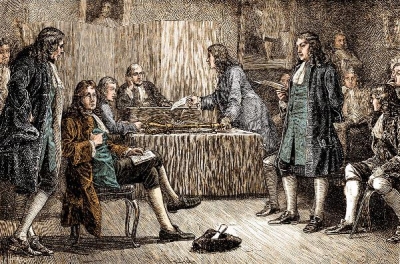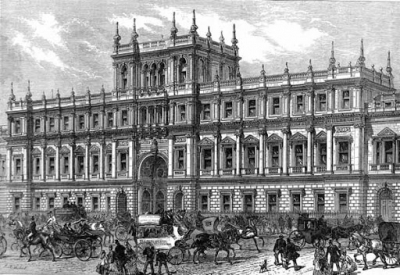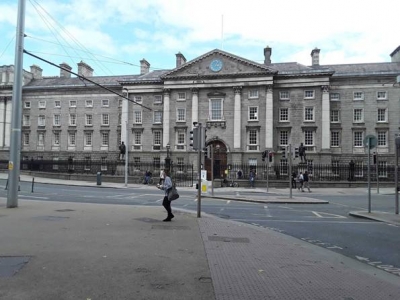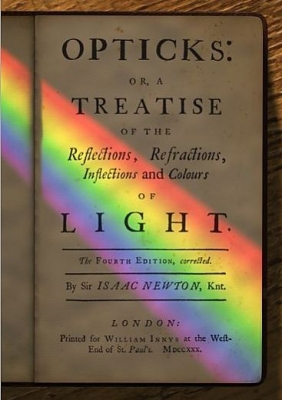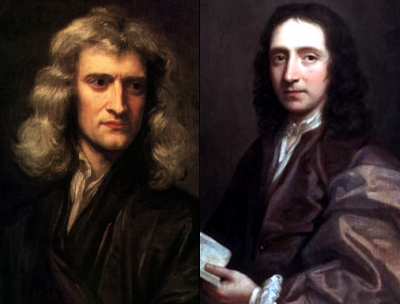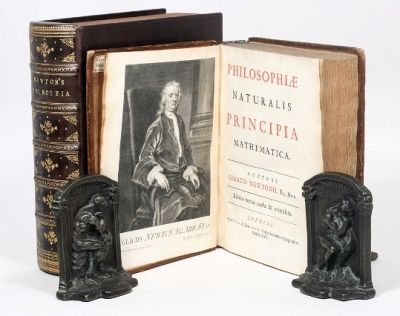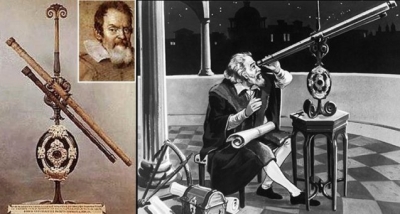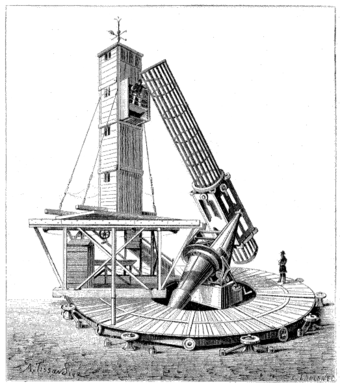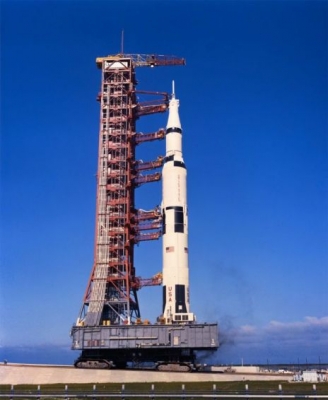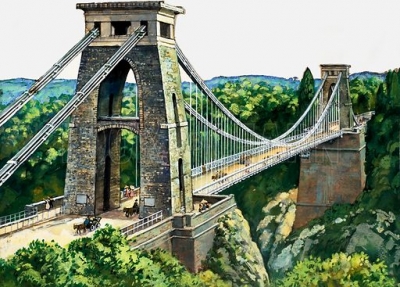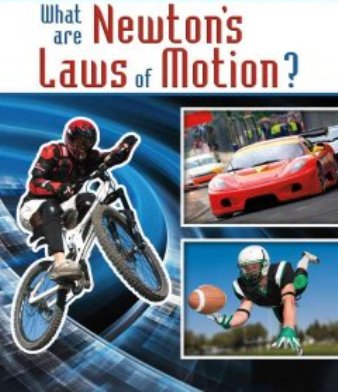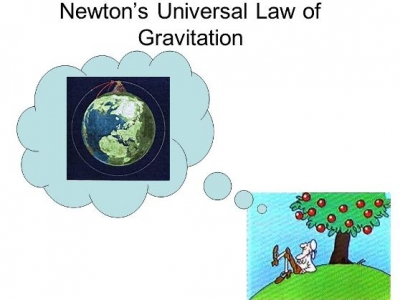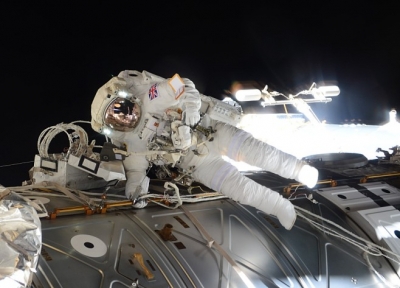
The laws of motion are applicable even in outer space. Newton’s Second Law states that force is needed to increase or decrease the speed of a body. This implies that astronauts must learn to push themselves through their spacecraft, or else they will float around helplessly. They also need to remember to stop themselves as they near their destination or else they’ll keep moving till they hit something.
During their first attempt, astronauts usually end up a little worse for the wear after stumbling around the spacecraft. Unlike humans, animals flown to space often fail to learn this. A set of new-born quails aboard Russia’s Mir space station couldn’t adapt to life in space and died in a few days. Newton’s Third Law too has application for astronauts. The law states that for every action, there is an equal and opposite reaction. While turning a screw, astronauts have to anchor themselves to a wall, or else they’ll be the ones twisting. Even the mildest action like typing at a computer keyboard will send an astronaut floating away. To remedy this problem, workstation on the international space station has restraining loops for the crew to anchor their feet.
Though it may seem like the laws of motion are different in space and on Earth that is not the case. The overwhelming force of Earth’s gravitational field simply masks its exact effects. Gravity plays an astonishing part in many phenomena we take for granted. For instance, hot air (which is lighter than cool air) rises, and a convection current is formed which enables natural air circulation in our houses. In space however, nothing is lighter than anything else and ordinary convection currents do not exist. Thus, to make sure that the astronauts don’t suffocate due to carbon dioxide accumulation, a ventilation fan is installed to facilitate air circulation.
The International Space Station is a perfect example of the laws of motion. Though intuition and common-sense points otherwise, Newton realized that a bullet shot from a gun should continue to move indefinitely. On Earth, atmospheric friction slows the projectile while gravitational force pulls it to the ground. But the faster the bullet is shot, the farther it will travel before falling. And if you can manage to shoot something at a speed of around 11.2 km/s, it will never finish its trajectory. It will instead orbit the Earth in a state of perpetual free fall. This particular velocity (11.2 km/s) cancels the pull of Earth’s gravity and is used to launch spacecraft.
Even fire is not exempt from the laws of motion in space. Behaviour of weightless flames is rather different from those on Earth. However, such a fire is best limited to the lab as fire aboard a spacecraft can have catastrophic effects.
